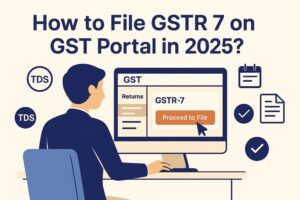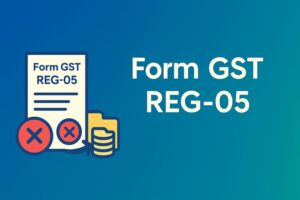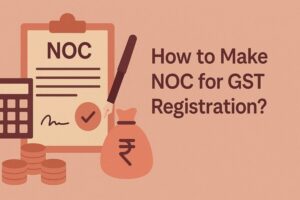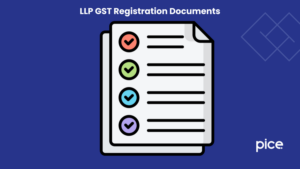GST Margin Scheme Tax Invoice Format
- 8 Jul 25
- 7 mins
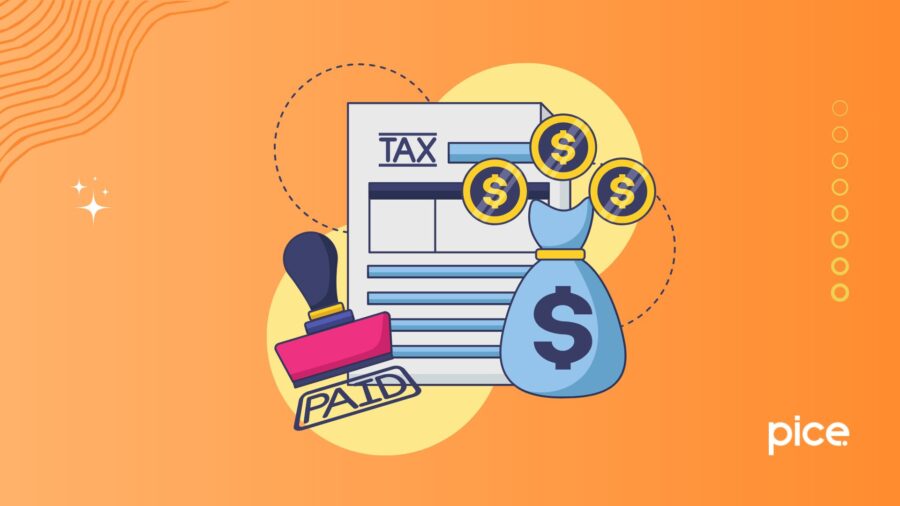
GST Margin Scheme Tax Invoice Format
- Meaning of Margin Scheme?
- When is the Margin Scheme Applicable?
- Scope of Supply and Valuation for GST under Margin Scheme
- Conditions to Avail of the Margin Scheme
- Calculation of Value for Margin Scheme
- Example of Margin Sale
- GST Rates on Supply of Second-Hand Vehicles
- GST Rates on Second-hand Goods Other Than Vehicles
- Is Input Tax Credit Available on Purchase of Second-hand Goods
- Conclusion
Key Takeaways
- GST under the margin scheme is levied only on the profit margin, not the full sale price.
- The scheme is applicable when goods are sold in their original condition, especially if purchased from unregistered persons.
- No GST is payable if there is no profit (i.e., sale price ≤ purchase price).
- Dealers cannot claim Input Tax Credit (ITC) on goods sold under this scheme.
- GST rate on second-hand goods, including vehicles, is uniformly 18% under the current regime (as of April 2025).
The Goods and Services Tax (GST) framework includes a unique provision tailored for dealers of second-hand goods, known as the margin scheme. Unlike the regular method, this scheme allows tax to be paid only on the profit margin, not the full sale value.
Invoices issued under this scheme do not show detailed tax components. This article explores the concept, purpose, and implications of the GST margin scheme, helping you understand how it benefits businesses dealing in pre-owned goods.
Meaning of Margin Scheme?
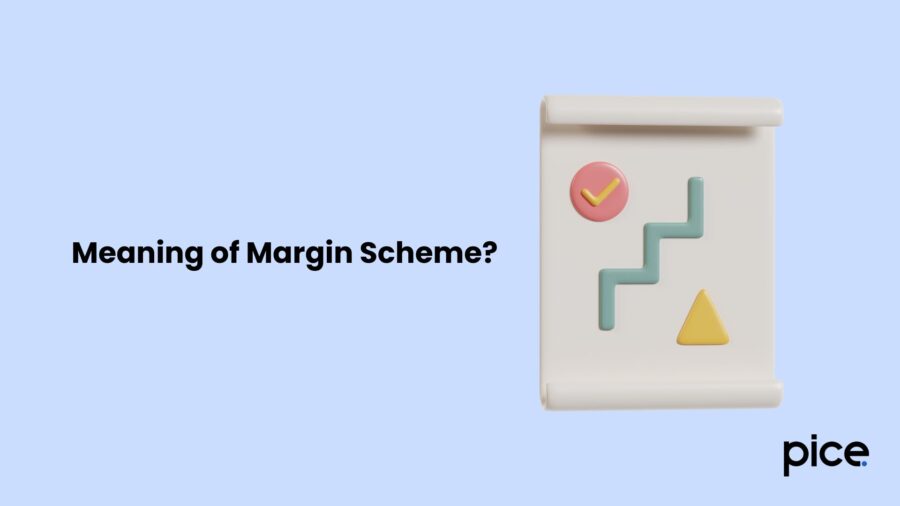
GST margin scheme simplifies tax compliance for second-hand goods dealers. It ensures GST is charged only on the margin, which is the difference between the sale and purchase price, rather than the entire transaction value. This prevents double taxation and encourages the fair resale of used goods.
When is the Margin Scheme Applicable?
The GST Margin Scheme applies to taxpayers who sell or buy second-hand goods. The scheme applies when goods are purchased from unregistered persons. Applicability of this scheme depends on the following:
- It allows registered dealers to pay GST only on the profit margin, which is the difference between purchase and selling price.
- No GST is levied if both the purchase and selling prices are equal.
- GST is only valid if the seller sells an item without major changes or in the same state as when it was bought.
- If processing changes the nature of the item or good, then the margin scheme does not apply.
The following table shows the registration nature of the seller and buyer and their connection with the applicability of GST:
| Seller Type | Registration status of the seller? | Registration status of the buyer? | Applicability of GST |
| Business | No | No | No |
| Business | No | Yes | Yes, on a reverse charge basis |
| Business | Yes | No | Yes |
| Personal | No | No | No |
| Car Dealer | Yes | No | Yes |
| Auction by Registered Second-hand Goods Dealer | Yes | Yes | Yes |
| Auction by Unregistered Seller | No | NA | No |
| Sale Transaction to Exporter | NA | NA | No, if exported |
Scope of Supply and Valuation for GST under Margin Scheme
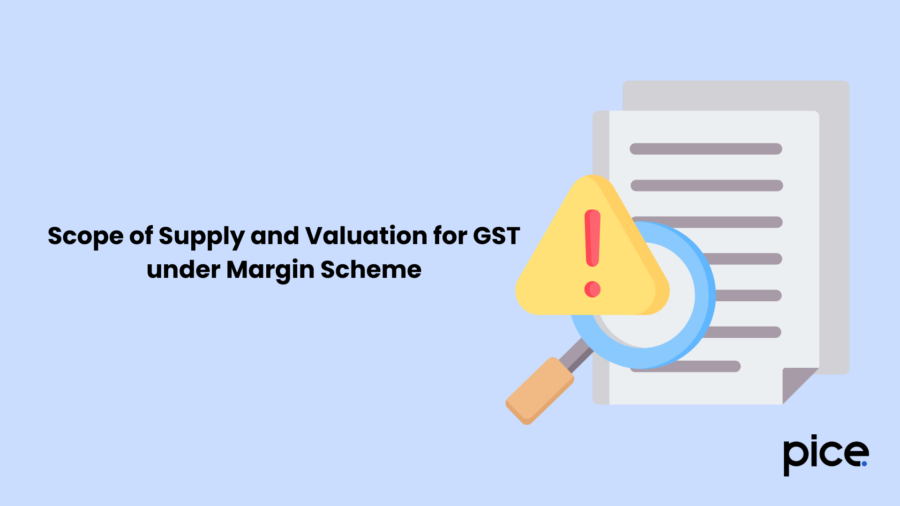
Rule 32(5) of CGST rules defines the scope of GST valuation and supply in the case of second-hand goods. These rules are as follows:
- Authorities levy GST only on the margin; if the margin is negative or zero, they charge no GST.
- This applies only if businesses slightly modify or process the goods, which means they must be used, but their nature must remain the same.
- Businesses should not claim an input tax credit (ITC) on those goods.
- If the buyer purchases the goods from an unregistered person, they do not need to pay CGST.
Conditions to Avail of the Margin Scheme
A few conditions must be fulfilled to be a valid availed of the GST margin scheme. Those conditions are as follows:
- Suppliers must register themselves for the business of second-hand goods.
- Any processing should not alter the original nature of the goods.
- Taxpayers should not claim any input tax credit (ITC).
- The complete transaction should be taxable.
Calculation of Value for Margin Scheme
The correct value calculation under the margin scheme should follow the valuation rule 32(5) of the CGST rules. The formula to calculate the value of a second-hand or used good is:
Value of Second-hand goods = Selling Price - [Purchase price + Minor repairing cost]
For determining the purchase price if the good is purchased after a loan, the formula is:
Purchase price on second-hand goods = Original price of purchase of defaulting borrower - 5% depreciation for each quarter
Example of Margin Sale
A dealer ‘A’ buys a used mobile phone from an individual ‘B’ for ₹10,000 and sells it to a person ‘C’ for ₹12,000. In this case, dealer ‘A’ is the taxable person and must pay GST only on the ₹2,000 margin, not on ₹12,000. If the phone were sold for ₹9,000, then no GST would be payable.
GST Rates on Supply of Second-Hand Vehicles
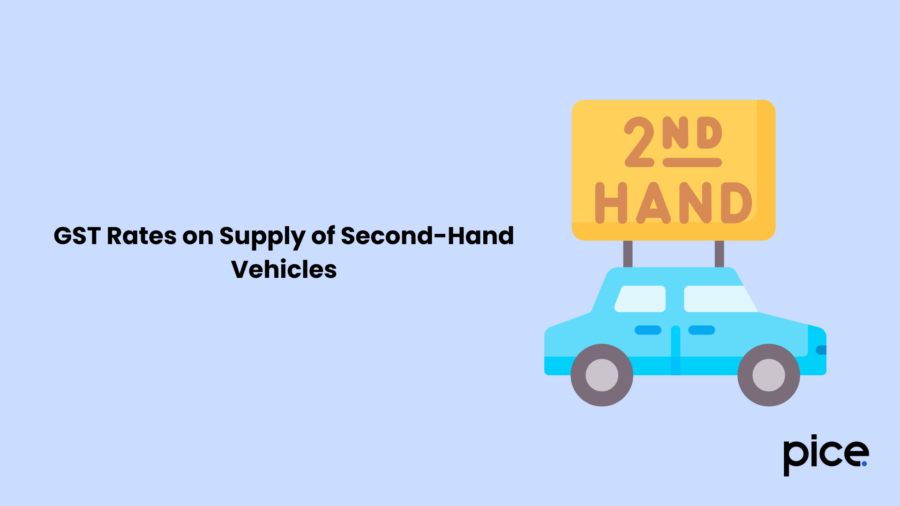
Tax rates on the supply of second-hand vehicles are 18% according to the new GST regime applicable from 1st April 2025. The table below shows the categorisation based on the type of vehicle sold:
| Goods Description | GST Rates |
| Old and used CNG and LPG motor vehicles (engine capacity of 1200 CC or more and a length of 4000 mm or more) | 18% |
| Old and used diesel vehicles (engine capacity of 1500 CC or more and a length of 4000 mm or more) | 18% |
| Old and used sport utility vehicles (SUVs) (engine capacity of 1500 cc and more) | 18% |
| All old and used vehicles except the above three categories | 18% |
GST Rates on Second-hand Goods Other Than Vehicles
There is no difference between the GST rate of second-hand vehicles and other goods apart from them.
Is Input Tax Credit Available on Purchase of Second-hand Goods
No, input tax credit can not be claimed for the purchase of second-hand goods. This is specified in rule 32(5) of the CGST rules.
Conclusion
The margin scheme under GST offers a practical and simplified approach to fairly taxing second-hand goods, ensuring that tax is levied only on the actual profit margin rather than the entire transaction value. A dealer purchase must follow specific rules and conditions to benefit from this scheme.
To benefit from this scheme, dealers must adhere to specific eligibility conditions and maintain accurate documentation. Issuing a proper GST margin scheme tax invoice is essential for compliance and transparency. When followed correctly, the scheme promotes ease of doing business while significantly reducing the tax burden on used goods transactions.
💡If you want to streamline your invoices and make payments via credit or debit card or UPI, consider using the PICE App. Explore the PICE App today and take your business to new heights.









